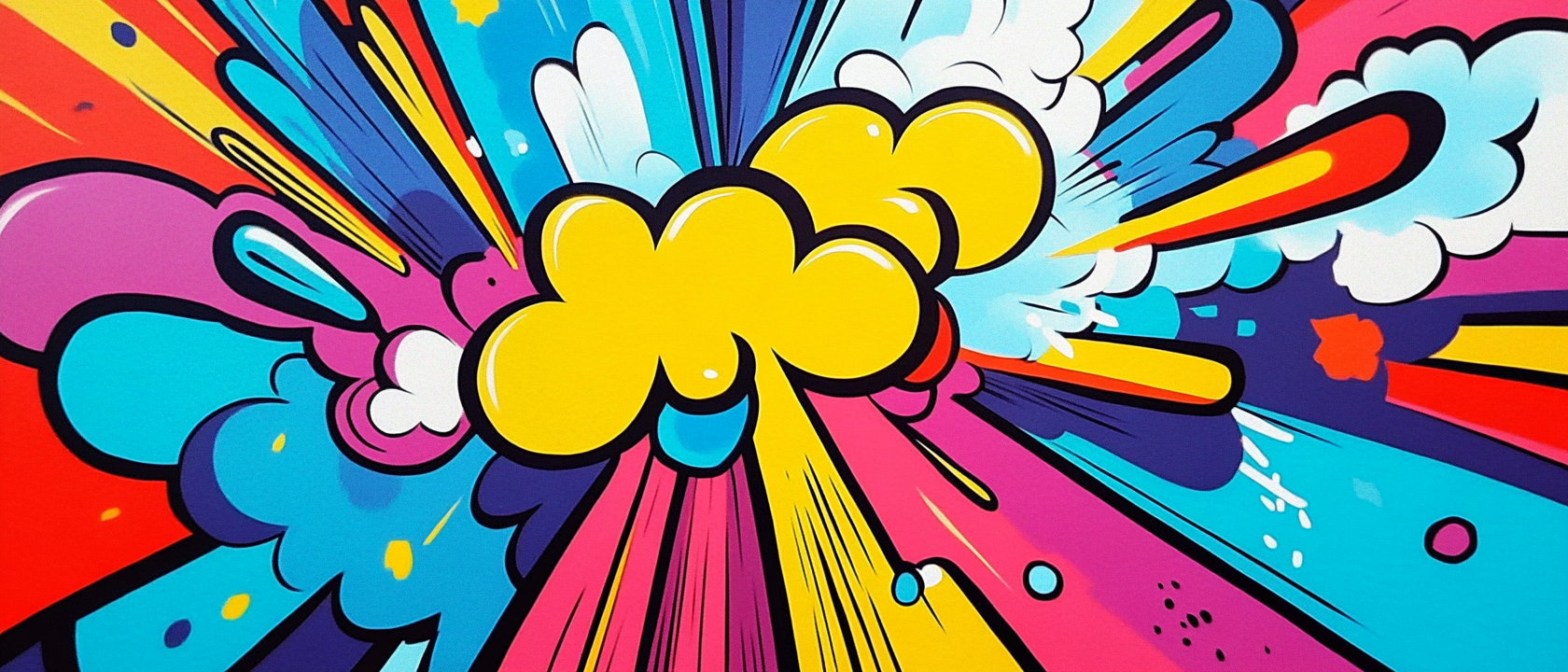Language has a unique power to evoke senses and emotions, and one of the most engaging tools for this purpose is onomatopoeia. This technique allows writers to bring sounds to life on the page, making descriptions more vivid and immersive. But what is onomatopoeia, and how can it enrich your writing? In this article, we’ll explore the definition of onomatopoeia, explain how to pronounce it, look at its use in literature, and examine several examples of onomatopoeia in sentences.
What is Onomatopoeia?
Onomatopoeia refers to words that imitate or resemble the sounds they describe. These words allow readers to “hear” sounds in their minds, adding an auditory layer to writing. When you read “buzz,” “clang,” or “whisper,” you can almost hear those sounds, thanks to onomatopoeia. This technique is widely used in literature, comics, advertisements, and everyday conversation to make language more expressive and engaging.
The Definition of Onomatopoeia
In simple terms, onomatopoeia is a word that sounds like the noise it represents. This feature helps bridge the gap between written language and the sensory world, making writing more dynamic and realistic. Because onomatopoeia is inherently expressive, it is particularly useful in creative contexts, such as poetry, descriptive essays, or children’s books, where it can paint an aural picture in the reader’s mind.
Example of Onomatopoeia: In the sentence “The bees buzzed around the flowers,” the word “buzzed” imitates the actual sound bees make, helping readers imagine the scene more vividly.
Onomatopoeia exists in various languages and is often culturally specific, as different languages may have distinct sounds or interpretations for similar noises. In English, for instance, dogs “bark,” but in Japanese, the sound is often written as “wan-wan.”
How to Pronounce Onomatopoeia
Onomatopoeia may be challenging to pronounce at first glance, but breaking it down into syllables can make it simpler.
Pronunciation:
- Phonetic Spelling: on-uh-mat-uh-PEE-uh
- Breakdown: on-o-mat-o-pee-uh
The word has five syllables, and the emphasis falls on the fourth syllable, “PEE.” Practising it slowly a few times can help make it more natural to say. The origin of the word is Greek, with onoma meaning “name” and poiein meaning “to make,” together essentially meaning “the making of a name or sound.”
What is Onomatopoeia in Literature?
Onomatopoeia is a valuable literary device that authors use to create a vivid, sensory experience for readers. It appears in all genres, from poetry and fiction to drama and children’s literature, as a tool to enhance imagery and engage readers on multiple sensory levels.
In literature, onomatopoeia serves several purposes:
- Creating Atmosphere
Authors use onomatopoeia to evoke a specific atmosphere or set the scene. For instance, words like “crackle,” “howl,” and “rustle” can create a sense of mystery or unease, often found in gothic or suspenseful literature. - Enhancing Realism
By replicating real sounds, onomatopoeia enhances the realism of scenes, making the story more immersive. Describing rain as “pitter-patter” or “splish-splash” helps readers hear the rain, not just read about it. - Conveying Action
Onomatopoeia brings energy and motion to action scenes. Words like “bang,” “slam,” and “whack” pack a punch and help readers imagine the movement or impact. - Engaging the Reader’s Imagination
Onomatopoeic words encourage readers to participate in the story by imagining or even mimicking the sounds. This interactive quality is particularly effective in poetry, where rhythm and sound play a crucial role.
Examples of Onomatopoeia in Literature
- Edgar Allan Poe’s The Bells
In this poem, Poe uses onomatopoeia to represent different types of bells, creating a rhythmic quality that enhances the poem’s haunting theme. Words like “tinkle,” “clang,” and “chime” allow readers to “hear” the bells as they read. - William Wordsworth’s I Wandered Lonely as a Cloud
Wordsworth uses subtle onomatopoeia in words like “fluttering” and “dancing” to bring his scene to life, enabling readers to visualise and hear the rustling movements of daffodils in the breeze. - Comic Books
Onomatopoeia is common in comics, where words like “pow,” “zap,” and “wham” visually and audibly represent action and energy. These words help depict intense moments in a visually immediate way.
Common Examples of Onomatopoeia
Onomatopoeia can represent a wide range of sounds, from those in nature to sounds made by humans and machines. Here are some common categories of onomatopoeic words:
- Nature Sounds
- “Splash” – The sound of something hitting water.
- “Rustle” – The soft noise of leaves or paper moving.
- “Roar” – The loud, rumbling sound of an animal, such as a lion, or a natural element, like the sea.
- Animal Sounds
- “Meow” – The sound a cat makes.
- “Baa” – The bleating sound of a sheep.
- “Hiss” – The sound of a snake.
- Machine Sounds
- “Click” – The sound of a button or switch.
- “Buzz” – The noise of electrical appliances or bees.
- “Clank” – A metallic sound often made by machinery or metal objects.
- Human Sounds
- “Murmur” – The soft, indistinct sound of people talking.
- “Giggle” – A high-pitched, repetitive laugh.
- “Gasp” – A sharp intake of breath, often from shock or surprise.
- Impact Sounds
- “Bang” – A loud noise caused by an explosion or a door slamming.
- “Thud” – A dull sound, often from something heavy falling.
- “Crash” – The loud noise of something breaking or collapsing.
Onomatopoeia in a Sentence
Using onomatopoeia in sentences can bring descriptions to life. Here are a few examples that illustrate how onomatopoeia functions in different contexts:
- “The leaves rustled in the gentle breeze, creating a soft, peaceful sound.”
Here, “rustled” brings the sound of moving leaves to mind, adding a sensory layer to the scene. - “The clock ticked steadily in the quiet room, marking each passing second.”
The word “ticked” evokes the rhythmic, subtle sound of the clock, creating a sense of time passing. - “He hit the drum with a loud bang that echoed through the hall.”
“Bang” conveys the force and volume of the drumbeat, adding drama to the description. - “The thunder rumbled in the distance, signalling an approaching storm.”
“Rumbled” gives a sense of the deep, rolling sound of thunder, enhancing the atmosphere. - “With a sudden whoosh, the doors opened, revealing a grand hallway.”
“Whoosh” captures the swift, airy sound of the doors, bringing the action to life.
Using onomatopoeia in sentences allows you to add sensory depth to your writing, making it easier for readers to experience the scene as if they were there.
Why Use Onomatopoeia in Writing?
Onomatopoeia can be a powerful tool in writing, especially when used thoughtfully and purposefully. Here are some reasons to consider adding it to your writing:
- Enhances Reader Engagement
Onomatopoeia makes descriptions more dynamic, encouraging readers to engage their senses and imagine scenes more vividly. - Adds Realism and Depth
Using onomatopoeic words adds authenticity to descriptions, especially in narratives. By representing actual sounds, writers make their scenes more immersive. - Creates Mood and Atmosphere
Onomatopoeia can shape the tone of a scene. Words like “crackle” or “sizzle” might evoke warmth and comfort, while “howl” and “clank” could create tension or suspense. - Suits Various Writing Styles
Whether you’re working on poetry, descriptive essays, or even academic writing, onomatopoeia can add texture. Just be cautious about overusing it in formal writing, where subtlety is often key.
How to Use Onomatopoeia Effectively
While onomatopoeia is a great tool, using it effectively requires balance. Here are a few tips to help you integrate it seamlessly into your writing:
- Match the Word to the Scene: Ensure that the onomatopoeic word you choose fits the tone and context of your writing. Avoid jarring words in calm scenes and vice versa.
- Use Sparingly: In formal writing, too much onomatopoeia can distract from your main points. Use it only where it adds value.
- Consider Your Audience: Onomatopoeia can be highly effective in children’s books, poetry, or descriptive passages, but it may not be suitable for every genre.
- Be Descriptive: Combine onomatopoeia with other descriptive language to enhance its impact, adding context to the sound for a more vivid picture.
Also read: How to Write an Evaluation Essay
Mastering Onomatopoeia in Writing
Onomatopoeia is a versatile tool that can transform ordinary descriptions into immersive experiences. Whether you’re writing an essay, poem, or story, onomatopoeic words can add sensory depth and make your language more expressive. But as with any literary device, moderation and purpose are key—using onomatopoeia sparingly and thoughtfully will enhance your writing without overwhelming it.
If you’re a student looking to refine your writing skills, particularly in mastering such literary techniques, we’re here to help. At My Private Essay we offer editing and proofreading support to polish your essays, ensuring they stand out and meet academic standards. Our services are especially beneficial for non-native English speakers aiming to excel in university writing. Contact us today to see how we can help elevate your essays and sharpen your writing skills.




